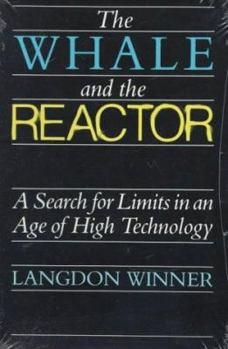Skagg, Ricky, and Eddie Dean. 2013. Kentucky Traveler: My Life in Music. New York: itbooks.
Review by Michael Beach
This work is an autobiography by well-known bluegrass and country artist, Ricky Skaggs. He grew up in Kentucky inspiring the title. Skaggs became famous among the bluegrass crowd as he grew into young adulthood. Later he gained larger audiences as he moved into country music, winning many awards. His most famous hits came in the 1980s. Eventually he was able to become independent of record labels, create his own label, and return to his bluegrass roots.
Skaggs is honest about how others helped him on his musical path. He also speaks to his failed first marriage. He wrestles with his decisions to shift from bluegrass to popular country music. He was soundly criticized by bluegrass purists, and he shared some of their sentiment. Yet his struggles with this musical categorization he also points out to how the much larger stage allowed him to introduce new audiences to the old songs and styles. Throughout the book he also speaks to his specific version of Christianity. The larger popular venues also allowed him to share some of that part of himself. Record company executives and producers pushed back at him, worried that approach might cause damage to record sales.
Record sales dropped off as he began to tire of the road and commercialism’s demands. He was in a place in life where he was less dependent on those pressures, eventually leaving the traditional business route. Skaggs began making income by becoming a producer for other artists. With the freedom to create whatever music he wanted, Skaggs returned to his bluegrass routes.
Eventually, Ricky Skaggs became a staple at the Grand Ol’ Opry. He still is. Many famous artists have included him in duets and other productions in their own recordings. I have heard a number of famous artists attribute Skaggs with helping them return to the music they love most after wandering through more popular music. I like pretty much everything I’ve heard from Skaggs. I learned of him during his more popular years of country music, but also really enjoy his more traditional music including both bluegrass and gospel. I read this book as a tale about how Skaggs became what he is through the combination of his own character, and how he was shaped by family, religion and the music business. Like all of us, he is a product of both nature and nurture. His music both influenced and was influenced by many others.










 RSS Feed
RSS Feed